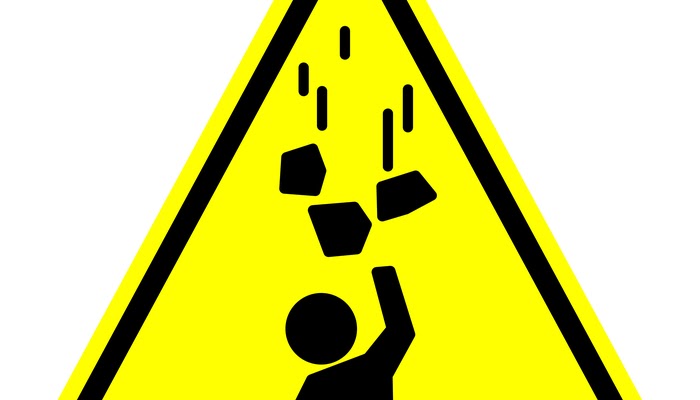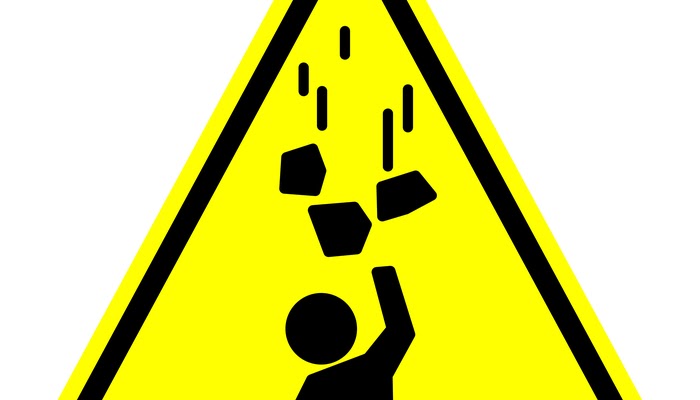While sectors which require workers to perform dangerous tasks are most exposed to hazards, employees across all industries face some form of physical risk. The most common objects that fall range from large items such as roof trusses and steel beams to small items such as fasteners and small hand tools.
For instance, in 2018 in Indiana, a worker was killed after he was struck by building materials that toppled on him and hit his head. The 23-year-old man was not a construction worker, but a building materials supply worker. Sadly, he died on the spot from blunt force trauma.
Now, this might be a single case, but such occupational fatalities are, in fact, more common across the US and Canada than most people believe. What's more, there is evidence that deaths from falling objects on the job are increasing in number and are now higher than ever before.
What Do the Numbers Say?
According to the Indiana Occupational Safety and Health Administration (IOSHA), struck-by worker fatalities are number 2 on the organization's Fatal 4 list.
Their data states that:
- The Fatal 4 amount to 60% of all deaths in construction
- 38.7% of all deaths in construction happened from falling
- 9.4% of all deaths in construction occurred when an object struck the person
- In 2016, 4,693 people died on the job in the private industry
The data from the US Bureau of Labor Statistics says:
- 5,190 people died from work-related injuries in 2016, which is a 7% increase since 2015, and the third consecutive increase
- 40% of deaths occurred from transportation accidents
- One in five people who died on the job was in construction
How to Prevent Deaths and Injuries from Falling Objects
Even though your personnel is under constant threat, you can still limit the number of injuries and fatalities to a minimum. You can especially do that by working on limiting the danger that's coming from falling objects.
First of all, tool lanyards and tethers must be used and in proper working order. These attach tools directly to the worker’s harness or tool belt. If used properly, they will prevent tools from dropping to a lower level.
Site inspections are crucial. Thoroughly inspecting guardrails, screens, open grates and other barricades above or near high-traffic areas can help you prevent any potential accidents that result in either a severe injury or a fatality. Procedural controls like make sure lifted loads are balanced and secured will prevent a shift or the wind to cause objects to fall. General good hoisting practices using proper rigging procedures and ensure the rigging equipment is in good condition are also essential.
If you do that, you not only lower or eliminate the number of incidents and potentially save the lives of your personnel but you also prove to your team how much you value their health and safety. That way, your company can ensure that the people working for it are safe and that there are fewer risks of potential lawsuits that can take a financial toll on your organization.
Key Takeaway
Inspections can't eliminate falling objects on work sites but when combined with safe sites, proper equipment and a safety mindset, they can definitely reduce the risk.











